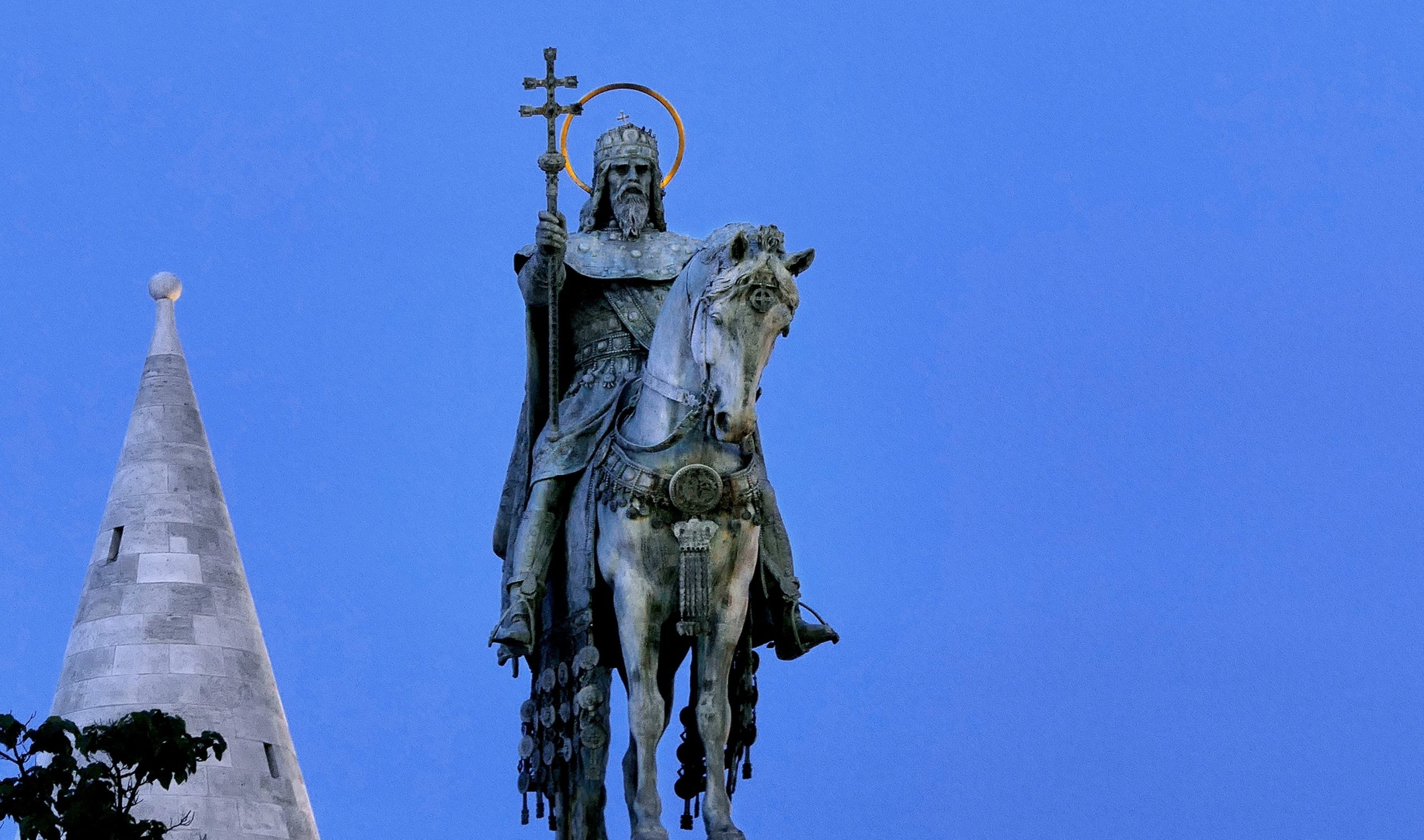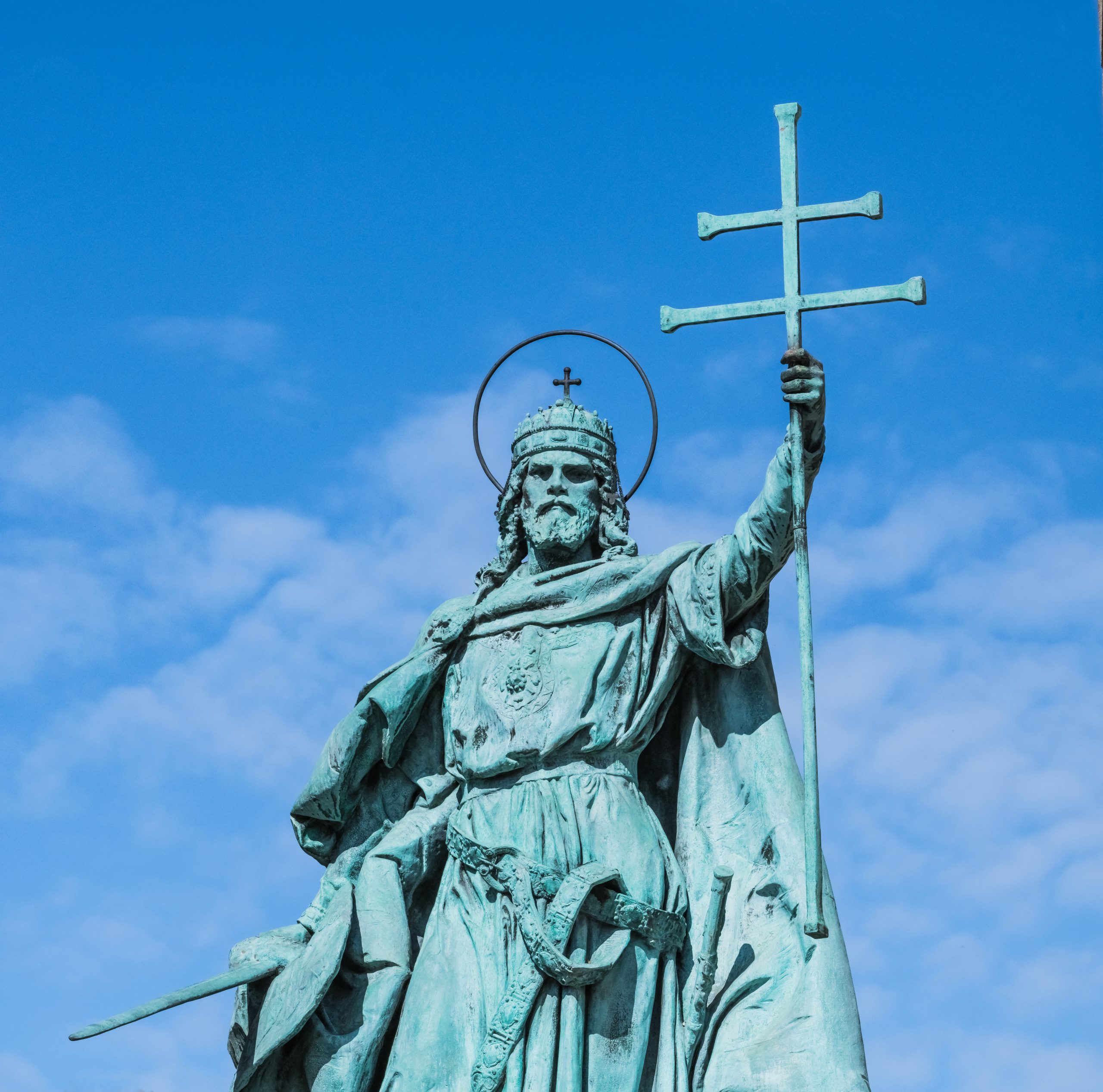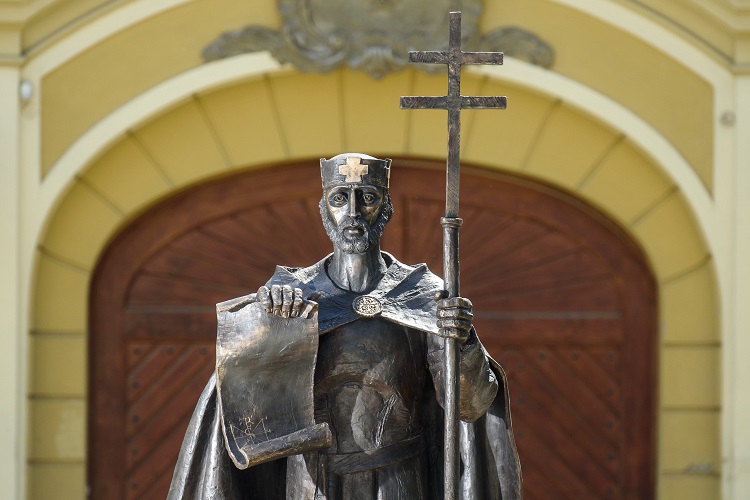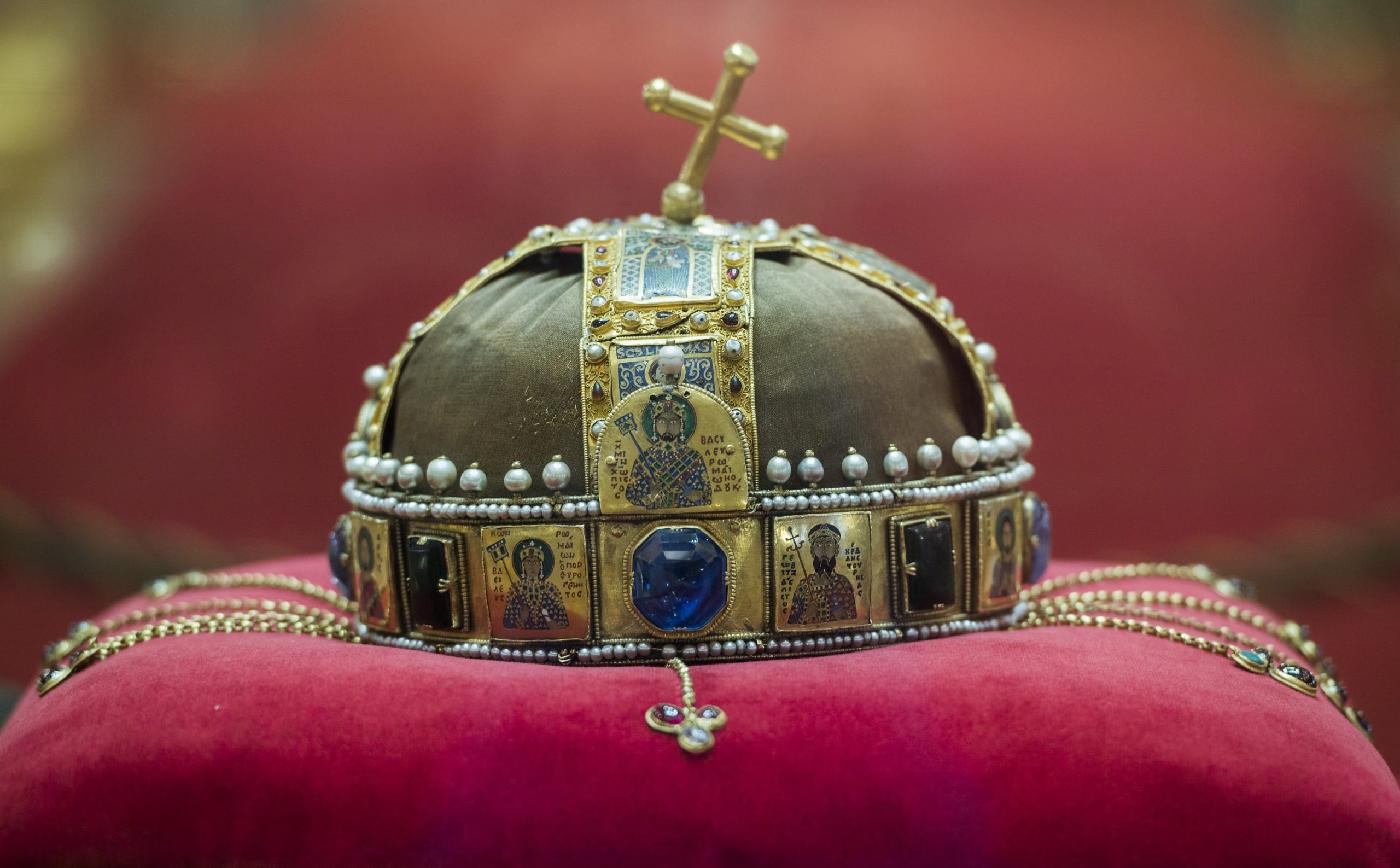
Stephen, Hungary’s first king, Founder of the State, who was also canonized, created a strong Christian kingdom from the former pagan principality. There are many legends connected to his crown, his life, and to his character itself, but even to this day we do not know how many of these can be considered indisputable facts. However, it is an uncontested fact that as the founder of the Christian Hungarian state, he is one of the most significant figures in Hungarian history. On the occasion of the foundation of the Hungarian state, we gathered some interesting facts and legends about his life.
The original article was written by our sister site, Ungarn Heute.
Stephen, who was not yet called Stephen at his birth
Although today we all know our first Hungarian king as “Saint Stephen,” he was born under the name Vajk, which means heroic leader. After his baptism, he took the name Stephen, probably after the first Christian martyr.
In fact, we do not know when exactly Stephen was born. Written records give three dates: 967, 969, and 975, but it is possible that he was born even later (980 at the latest).
Who influenced him most in becoming a Christian, as well as to establish a Christian state?
King Stephen’s main goal throughout his reign was to make his country a Christian state.
Although the mass conversion of Hungarians had already begun during his father’s reign, it was King Stephen who first forced the abandonment of pagan cults.
His legislation was closely tied to this goal. He wanted to strengthen Christianity and protect church property. For example, one article of the law stipulated that all ten villages had to build a church and support its priest. But attendance at Sunday mass and the celebration of feasts were also made compulsory. Confession before death was also made mandatory, except in the case of sudden death. If the dying person had not confessed, the relatives had to fast in the manner and time determined by the priest.
According to the biography of Adalbert, the bishop of Prague, he was responsible for the Christian education of Stephen and also baptized him, probably between 994 and 996. His namesake was either Stephen, the first Christian martyr, or he inherited the name from his father Géza, who was also baptized with the name Stephen (meaning ‘crown’). István was called Vajk before his baptism.
He founded at least one archdiocese, six bishoprics, and three Benedictine monasteries so that the Hungarian Church could act independently from the Holy Roman Empire. He enforced the spread of Christianity with harsh punishments. He founded numerous churches and cathedrals. European Christian culture was taught in the schools run by monks, and their students were not only the most pious, but also the most educated class in the country.
Related article
Saint Stephen - Who Was He, and Why Is He So Important?
August 20th, the biggest national holiday of the country, is founding day of the Christian Hungarian state, as well as the feast of St. Stephen and the “New Bread” in Hungary. The founder of the Hungarian Kingdom and Hungarian statehood, King Stephen I, under whose rule the Christianization of the country started, died on August […]Continue reading
Marriage with Gisela – first dynastic marriage between a Hungarian and a European royal house
Around 995, Prince Géza arranged Stephen’s marriage to the daughter of Prince Henry II of Bavaria, the first dynastic marriage between a Hungarian royal house and a European royal house. Gisella was closely related to the Emperor of the German-Roman Empire. According to the tradition of the Bavarian monastery of Scheyern, the ceremony took place at Scheyern Castle and the wedding was celebrated by St. Adalbert.
Gisella came to Hungary accompanied by Bavarian knights, many of whom received lands and settled here. Later they became Stephen’s auxiliaries. After the wedding the couple settled in Nitra.
Related article
August 20 - King Saint Stephen's Admonitions To His Son Prince Emeric (Extract)
On 20th of August Hungarians commemorate the foundation of their 1000-year-old state and their first and holy king, Saint Stephen. According to medieval legend, the king himself compiled a book for his son, Prince Emericus, who sadly predeceased him. The work, which reminds us of the qualities that make a good ruler, a good man and […]Continue reading
Death without an heir
Most of King Stephen’s children did not reach adulthood. The grieving king placed his hopes for the survival of the Christian Hungarian state on his son Prince Imre. Stephen and Gisela probably had five children, two of whom are also known by the names Otto and Heinrich (later Imre).
The three daughters and Otto died while still infants. Imre, who was the only heir to the throne, died in a hunting accident in 1031.
The sons of his father’s brother (Stephen’s cousins Vazul and László), could have been considered as successors to the throne, but László was still a pagan and Vazul a Byzantine Christian. His choice finally fell on the son or nephew of his sister Ilona, Peter Orseolo, who had lived at the Hungarian royal court since the 1020s.
Crown of Stephen, the only HOLY crown in the world
Closely bound to St. Stephen is the Holy Crown, around which as many legends are entwined as around the king himself. The crown was sent to him by Pope Sylvester II after a divine revelation. It has been considered sacred since the year 1200, and from then on the power of the Hungarian kings was derived from the Holy Crown, and the power of those who were not crowned with it was questioned and considered impermanent.
The interesting thing about the Coronation Jewel is that we do not know of any other crown in the world today that is revered as sacred.
Related article
The Return of the Holy Crown from the US to Hungary - Interview with Historian Tibor Glant
The Holy Crown is perhaps the most important national symbol of Hungary, the token of Hungarian statehood, which has accompanied the country’s history, forming a defining part of it to this very day. Despite its immense importance, the Crown of Saint Stephen was stolen, hidden, lost, recovered throughout its existence, even having been taken abroad […]Continue reading
Holy hand preserved as a relic in Budapest
One of the many relics preserved in Saint Stephen’s Basilica in Budapest is the embalmed right hand of King Stephen. Every year on August 20th, thousands of faithful gather to take part in the procession accompanying the relic.
The Hungarian state was actually not founded on August 20 at all
Several sources indicate that Stephen’s coronation, the birth of the Christian kingdom, took place on Christmas Day 1000 or January 1, 1001. As part of the later process of canonization of the king, his tomb was opened on August 20, 1083, the eighth Sunday after the Assumption of Mary. The Hungarian Church entered this day in the calendar as the feast day of Stephen.
Related article
Prepare for Hungary’s 'Best Ever' St Stephen’s Day Celebrations
There will be hundreds of events next weekend starting Friday. The Buda Castle Garden Bazaar will be turned into the Street of Hungarian Flavors, while the castle itself will host the Festival of Folk Arts. Continue reading
The anniversary of the death of the holy king, the “heavenly birth,” fell on August 15th, exactly on the feast of the Assumption of Mary, and therefore the clergy could not choose this day as the feast of the venerated king. So August 20th was originally not the day of the foundation of the state (1000/1001), but the day of the canonization of King Stephen (1083).
Featured photo by Csaba Jászai/MTI




